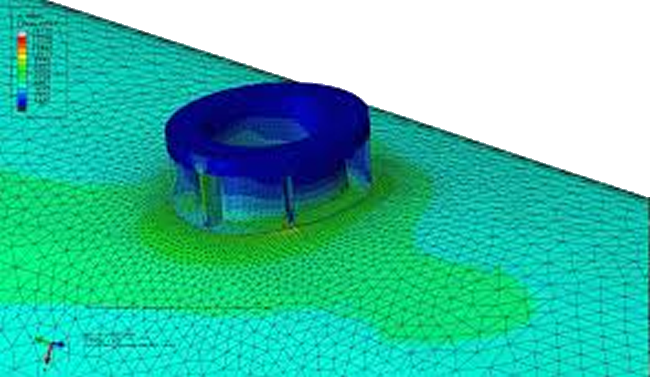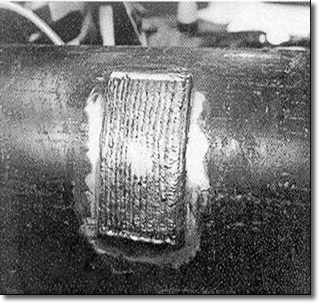Management of Aged Equipment Lacking Documentation
Proper inspection, maintenance and operation of aging equipment has become an important issue in today’s process and power industries. Industry codes and standards typically deal with the design of new equipment. More recently other codes and standards have been developed to deal with the repair, rerating or change of service of equipment dating back as much as 50 years, in particular pressure vessels, heat exchangers, tanks and piping. A typical problem encountered by an owner / user is that of a piece of equipment that has been in service for years, and is lacking design information, historical operating information or other data which provides a basis for conducting activities such as (1) returning to service, (2) repairs, (3) rerating, or (4) fitness for service. In conducting these activities, a process must be followed to identify and gather the required information to ensure compliance with accepted practices. Rather than starting with a search for all information, the owner should first ask ‘What is to be accomplished?”. Once the objective for the equipment item is determined, this allows the owner to identify the specific data that is required, and where, using either conventional or alternative sources, it can be found. If the data is missing and cannot be measured or calculated, it should be conservatively estimated as a last resort.
Also important is that the owner check what corporate guidelines and jurisdictional requirements may influence the activities or analyses to be conducted. In some cases where a vessel is being returned to service or moved from one company location to another in a different state, approval by the state may be required. Some states publish lists of requirements including which codes and standards must be followed in order to obtain state approval. This information is typically found on the web site of the state agency responsible for regulating the use of boilers and pressure vessels. Becht Engineering has been involved in many of these activities which typically include conducting analyses, providing specialized UT inspection services through our affiliated inspection company Sonomatic, and compiling the documentation required to obtain jurisdictional approval. Several examples of commonly encountered situations with old equipment are discussed below.
The most critical information required for many cases are the material(s) of construction and equipment drawings. As an example, if design calculations are missing and must be recreated in order to determine the minimum required wall thickness for a vessel, the material(s) of construction and dimensional information is required. If equipment drawings are not available or are illegible, required dimensional measurements should be taken and new drawings prepared. Conventionally, the material specification can be found on a number of documents including drawings, vessel nameplate, ASME U-1/U-1A form, mill test reports and the bill of materials. However, if these documents are not available, alternative methods would be required such as (1) taking samples for lab analysis,, PMI (positive material identification) to determine alloy content and/or hardness testing or (2) assuming the minimum properties of the material (e.g. tensile, yield, toughness). If hardness tests are performed, the year of manufacture, and correlations between ultimate tensile strength and hardness can be used to narrow down the field of material specifications based on what was common at that time. Any property or material assumptions should be justified using materials subject matter experts.
If damage mechanisms are required for performing a fitness for service assessment, a review of inspection, maintenance and repairs records, upset and service histories should be conducted. If gaps exist in these records, interviewing plant inspectors and maintenance personnel could serve to fill in the information gaps. If the equipment has been out of service, it should be established how it has been stored, e.g., pressurized or purged with an inert gas or exposed to ambient conditions. Once this information and other pertinent data have been obtained, then a materials subject matter expert should be consulted to determine which type of damages were most likely to have occurred during previous operation and storage. ASME PCC-3, Inspection Planning Using Risk-Based Methods, and API 571, Damage Mechanisms Affecting Fixed Equipment in the Refining Industry, provide guidance on predicting expected damage mechanisms. Knowledge of the expected damage mechanism is critical to formulating a relevant inspection plan.
Each situation where aged equipment is found to be lacking information is different and requires a unique path to ensure compliance with generally accepted practices, and applicable codes and standards. As previously stated, it is important for the owner/user to determine the objective for the equipment item and what information is needed in order to focus the information search to only that which is necessary. Becht Engineering is currently developing a guideline document on this topic for the Materials Technology Institute (MTI).




